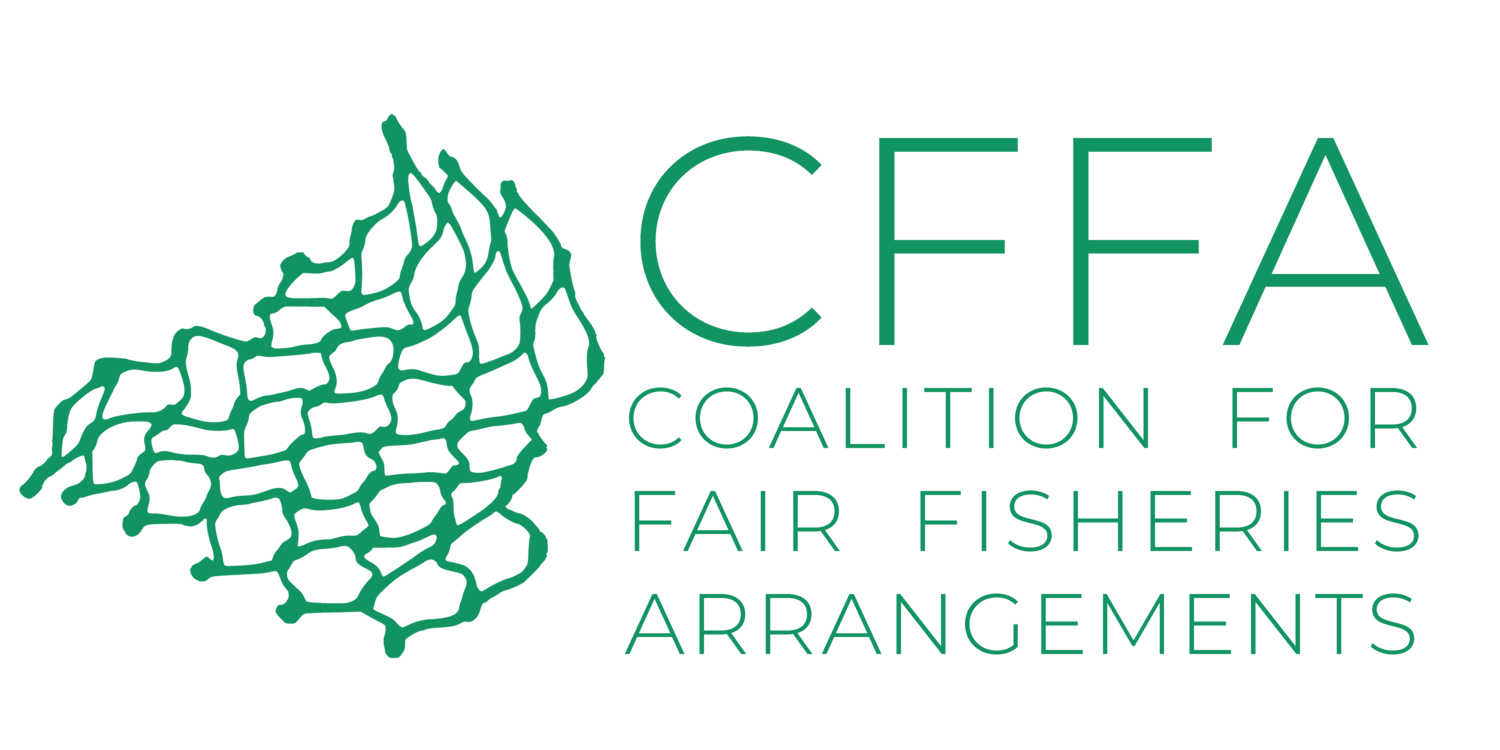The TransparentSea project of CFFA has finished compiling a comprehensive database of Official Development Assistance to fisheries in Sub-Sahara Africa, available here as an excel spreadsheet. The database contains information on 3370 separate projects dating back to the mid 1970s. In total the database shows that during this time, total project commitments amount to $6,016,958,014.
This database is incomplete and does not capture the entire picture of what funds have been transferred to whom. There are several challenges in compiling this information:
Not all donors publish complete and accurate data on their aid projects. There are some countries that we know relatively little about, including Russia and China. Other countries started reporting publicly on aid projects later than others, and for many projects it is hard to get information on what funds were actually transferred and when.
The database has limited information on funds to NGOs working on African fisheries, including those based outside Africa. We also lack information on the spending by private donors and philanthropic organisations.
The definition of ODA is contested and some payments are included in donors' reporting for their ODA that probably shouldn’t be, and some are missing that probably should be. The EU, for example, started reporting payments for fisheries management assistance to African countries through FPAs as ODA during the mid 2000s, but then stopped doing this more recently. Should FPA payments be considered aid, a subsidy or something different?
A large amount of funding for fisheries development comes through multi-sectorial projects, particular on agriculture. It is extremely difficult in many cases to identify how much money is being given for fisheries work in particular in these type of projects.
Despite these challenges, the CFFA database hopefully represents a good start to increasing access to information and understanding about the scale and purpose of aid spending over the years.
Why have we done this?
Our database has been complied to help broaden debates about what the impact of aid is on fisheries, particularly small-scale fisheries, and also to raise questions about effectiveness, coherence, transparency and accountability. It comes at a time when many organisations are arguing for more aid in fisheries, and in particular the launch of the Global Ocean Partnership that hopes to raise an additional billion dollars or more for the reform of fisheries in developing countries. We will publish a report soon analyzing the data and discussing some key questions:
What are the trends in aid spending? Is the fisheries sector getting more aid now than it used to? Who are the main funders and recipients?
What type of projects do different donors prioritize? What share of aid spending goes to support small-scale fisheries, as opposed to industrial fisheries or marine conservation? How has donor’s ideology changed over the years (from modernizing fleets, supporting small-scale fisheries, promoting market based policies and the wealth based approach etc.).
To what extent is aid used by foreign fishing nations to support firms from their countries? How might aid be strategic for countries from the EU and Asia?
How accountable are donors and recipients on the use and impact of aid projects? How many projects have independent evaluations?
In what ways can aid be positive for fisheries development, and how might it have negative outcomes?
Does Africa need more money for fisheries development, or perhaps less but used more wisely?
Should there be more participation by small-scale fishers and others on identifying projects and providing oversight?
How have we complied this database?
The bulk of the data has been taken from data reported by donors to the Organisation for Economic Co-Operation and Development (OECD). Additional information has been used from the database complied by the aid data project and then further information has been found through research by us – from donor’s websites, project documents and other sources of information. Information from OECD contains some obvious mistakes, so we have also tidied up their data and re-arranged it to make it slightly more easy to use. The CFFA aid database is certainly not complete, so we will add to it overtime and release newer versions.
So which countries get the most, and where does it come from?
Although we will publish a longer report using this database, it may be of interest to share some preliminary findings. The following is two lists, the first showing the value of projects for each country and then the second shows the value of projects for the main multi-lateral and bi-lateral donors. The 'Adjusted' amount represents the value of projects in 2011 - so if a 1 million project was funded in 1980, we can work out what the value of that project would be in 2011. This helps show the relative worth of projects over time. We are busy updating the data for 2014, and that will be published in our report.
